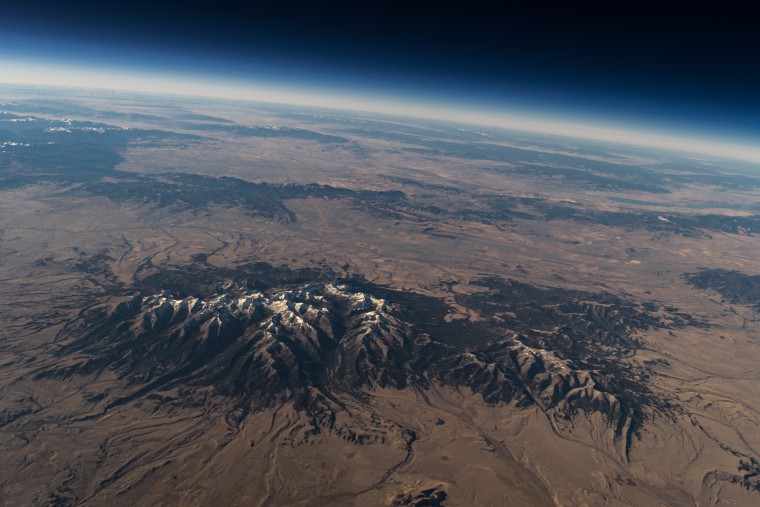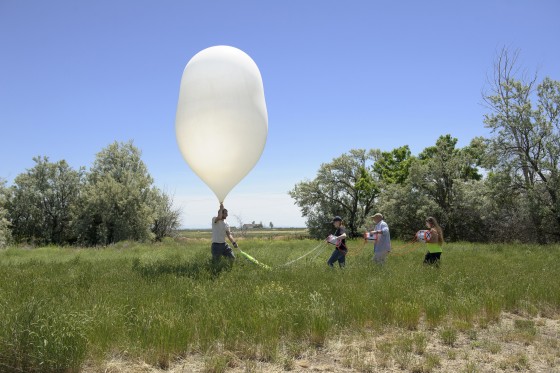The solar eclipse that will sweep across the U.S. on August 21 will involve lots of firsts. It will be the first total solar eclipse since 1918 to cross the nation from coast to coast and the first such eclipse in 38 years to pass through any part of the lower 48.
This will also be the first time that high-altitude footage of a total solar eclipse will be streamed live. And that’s because of a remarkable NASA-sponsored initiative that has teams from more than 50 universities and high schools from 30 states deploying a series of camera-equipped weather balloons from points stretching from Oregon to South Carolina.
If all goes according to plan, the helium-filled balloons will rise to roughly 100,000 feet — shooting video along the way and radioing it down to Earth. You’ll be able to watch the action online here starting at 12:15 p.m. ET on August 21.
The video promises to be pretty spectacular.
At 100,000 feet it will be possible to see the curvature of Earth and the blackness of space, says Dr. Angela des Jardins, the Montana State University physicist who heads the Eclipse Ballooning Project. But the most awe-inspiring thing of all, she says, will be seeing the moon’s shadow as it races across the face of our planet at a speed of roughly 1,500 miles per hour.

“On the ground, an eclipse just kinds of happens to you,” des Jardins told Science News. “It just gets dark. From the air, you can see it coming and going.”
For a sense of what to expect, have a look at this video of Australia’s November 2012 solar eclipse recorded by a camera-carrying balloon at an altitude of more than 120,000 feet. (The video was not live-streamed.)

The latex balloons used for the project are like the ones seen at birthday parties — only a lot bigger. Fully inflated at ground level, des Jardins says, they’re about eight feet tall and about five feet wide. But as they rise and the air becomes thinner, the balloons expand dramatically until they pop.
At that point, each balloon’s payload (which will include a tiny computer, radio transmitter, and GPS tracking gear as well as the camera and, in some cases, various scientific instruments like thermometers and barometers) will parachute back to Earth for recovery by the team that sent it up.
Des Jardins said it should take the balloons about 100 minutes to reach their maximum altitude and another 50 minutes or so to fall back to Earth after popping.
But the memory of the eclipse should last a bit longer. As one veteran eclipse watcher put it to NBC News MACH, “It’s like you always remember your first kiss.”


